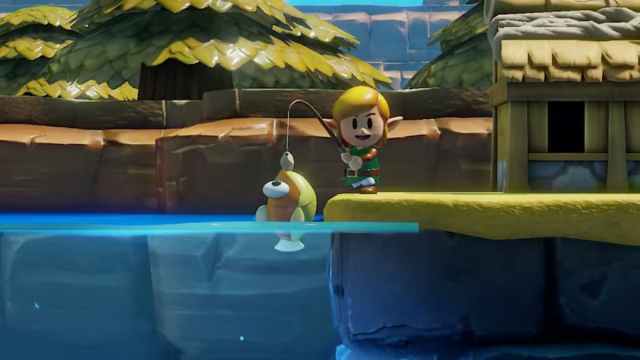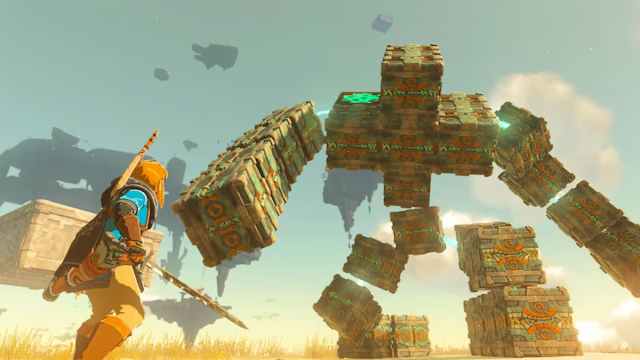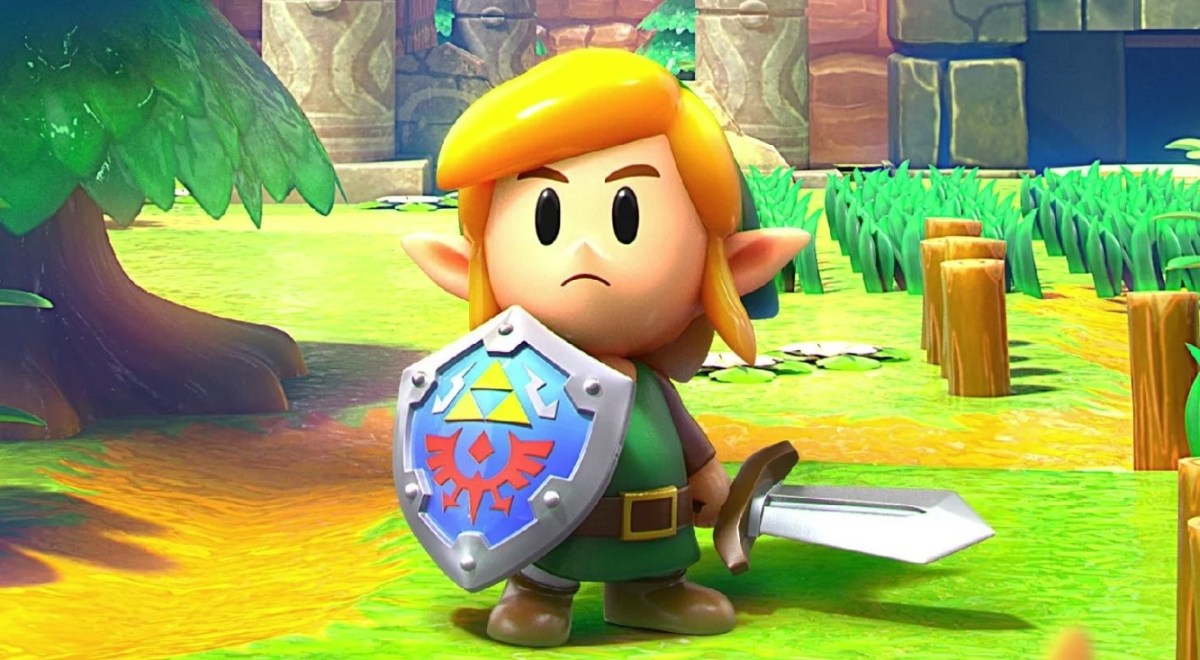Options, options, options
If you want to play a great 2D Legend of Zelda game today, the Nintendo Switch has you covered. With a Nintendo Switch Online membership, you can play any of the pre-Ocarina games, plus a handful of excellent Game Boy, Game Boy Color, and Game Boy Advance titles with more on the horizon. One of the very best 2D Zelda titles, Link’s Awakening, is available twice — in addition to the GBC version on NSO, there’s also an excellent 2019 remake.

But if you want a new 2D Zelda experience? You’re out of luck.
Where did 2D Zelda go?
Since 1998, there’s been a fairly clean division between The Legend of Zelda games. There are 3D games, defined by behind-the-head and over-the-shoulder cameras, and 2D games, defined by their top-down view. This distinction might sound fairly unimportant but it is absolutely vital to the way these games are designed. 2D space allows for more rigid, defined puzzles, which make dungeons dramatically more satisfying. The 3D games are generally more concerned with what’s outside the dungeons, in the sprawling worlds. These games are frequently about the problems occurring aboveground. 3D dungeons can often be clever, but they’re inherently broader and more open to experimentation, making them feel less like riddles anchored in space and more like ruins that stand between the player and a goal.
Both of these models are worth something, and they’re both distinctly “Zelda,” but they have different strengths, and they’re perfectly capable of co-existing. The existence of Wind Waker did not erase the demand for The Minish Cap. Both of these games are considered some of the best in the series for entirely different reasons.
But one of these design philosophies simply does not exist anymore. The last major 2D Zelda game, Tri-Force Heroes, came out nearly eight years ago. The last single-player 2D entry will be a full decade old this year.
But… why?
At the moment, 3D Zelda has reached what many would describe as its peak. I don’t personally adore Breath of the Wild, but there’s no denying that it’s perfected the series’ broad, freeform energy. Everything in Breath of the Wild is open to experimentation and exploration. Even the dungeons generally have a number of different solutions based on how creative you’re willing to get with the game’s much-lauded physics system.

But where does that leave the tighter, more specific dungeons? Surely there’s still a market for puzzle boxes with carefully planned solutions. Even when the series’ 3D side is so rewarding for so many people, I think there’s space to explore more conventional Zelda designs. I was, in fact, left severely underwhelmed by Breath of the Wild‘s dungeons specifically because they felt so three-dimensional, motivated more by occupying a space than filling it with challenging, thoughtful ideas. Solving dungeons the “right” way is often boring specifically because the game clearly wants the player to break it, to gain a more robust understanding of Breath of the Wild‘s notion of physical space.
Again, there’s nothing wrong with this concept. For many players, it’s clearly incredibly refreshing. But it doesn’t represent the full breadth of what Zelda can be, and I really wish there was a more concise, less open game to accompany it.
Division of labor
Obviously, it might be an especially difficult time for Nintendo to focus resources on a 2D Zelda game. The next 3D Zelda game, Tears of the Kingdom, has had a famously long production cycle, one of many ways the game is following in Breath of the Wild‘s footsteps. But 2D Zelda is no stranger to outsourcing — Capcom has tackled three different 2D Zelda games while Nintendo handled their 3D counterparts, and Grezzo handled Tri-Force Heroes. Infamously, Nintendo also once trusted Animation Classics with the franchise, leading to the Philips CD-i games (this might not be the best move to replicate).

More recently, Nintendo entrusted Brace Yourself Games with the Zelda property for a rhythm game spinoff. But that was a side game. For a better model, we should look to MercurySteam’s work on Metroid Dread, which occurred simultaneously with Metroid Prime 4‘s production. While one studio handled the next entry in the series’ 3D lineage, another took care of the franchise’s 2D roots. If this model works for Metroid, then why not Zelda?
I suppose what I’m trying to get at is simple: we could have a new 2D Zelda game and we should have a new 2D Zelda game. The Nintendo Switch plays host to some of the greatest games in the franchise’s history, and revisiting those games is a great time. But seeing how things used to be really makes me wish Nintendo would take a glance back before diving into the future.






Published: Feb 25, 2023 12:00 pm